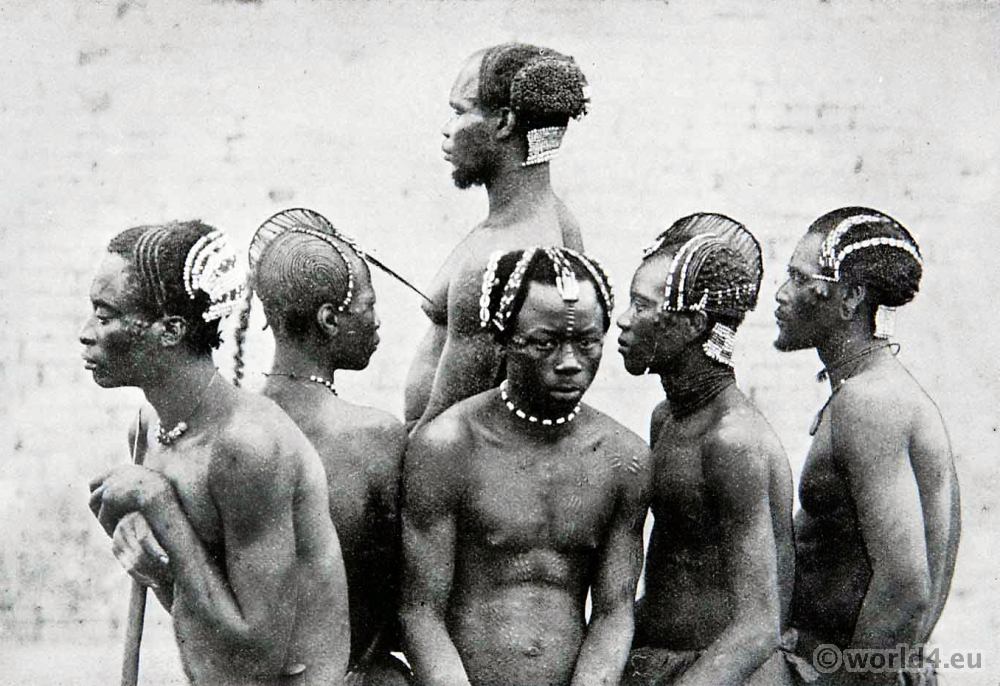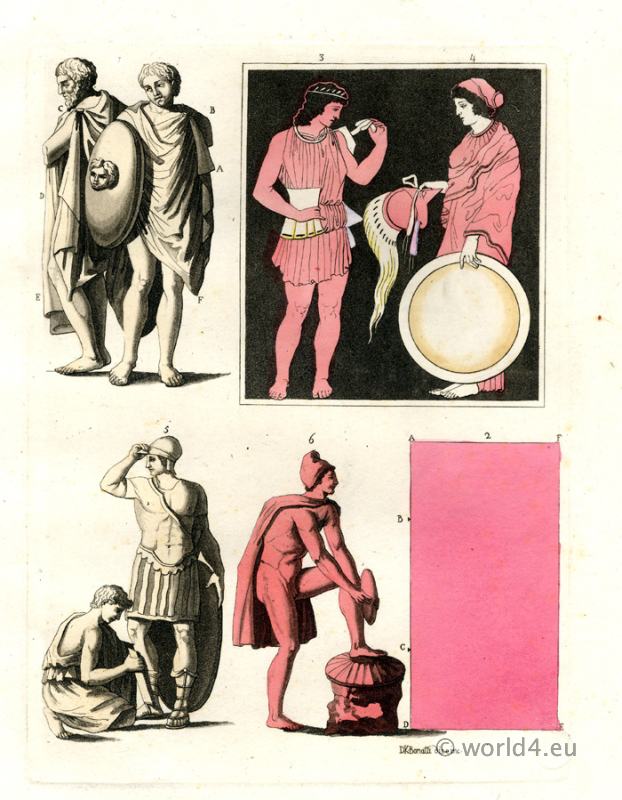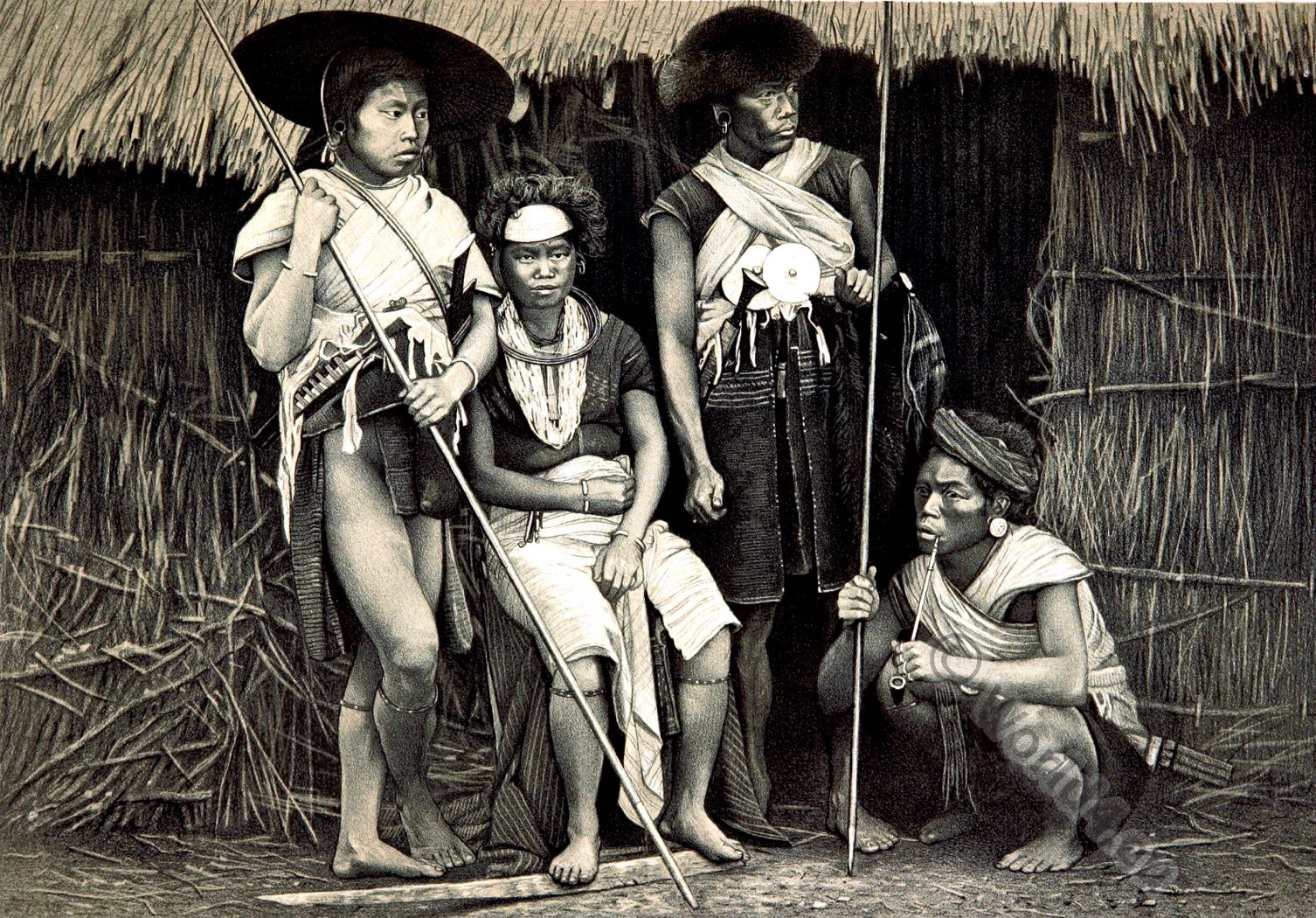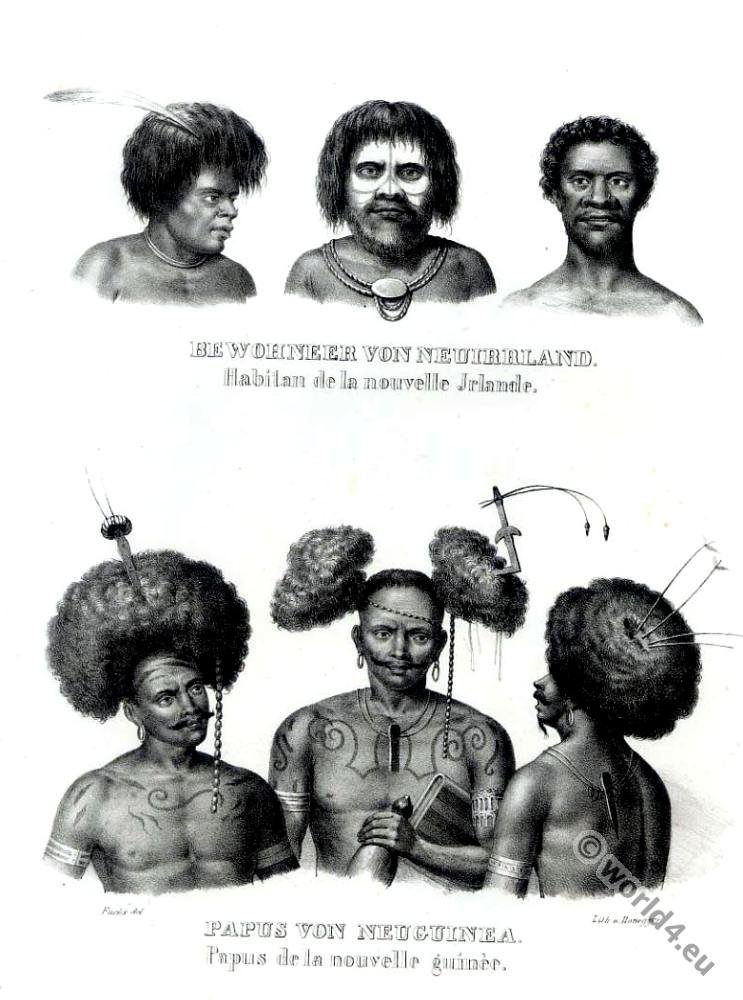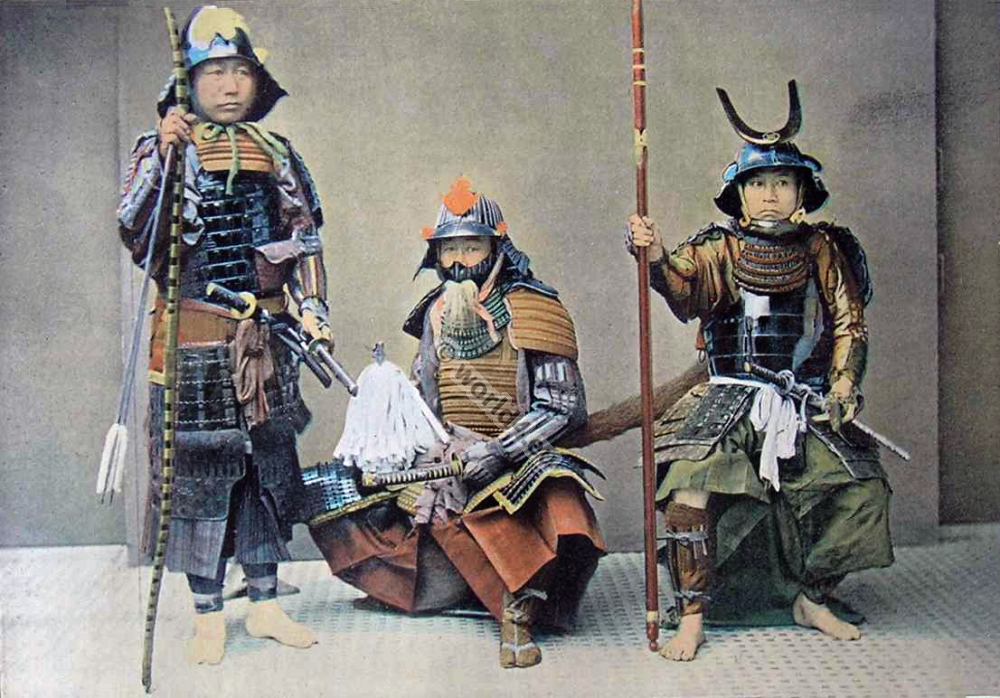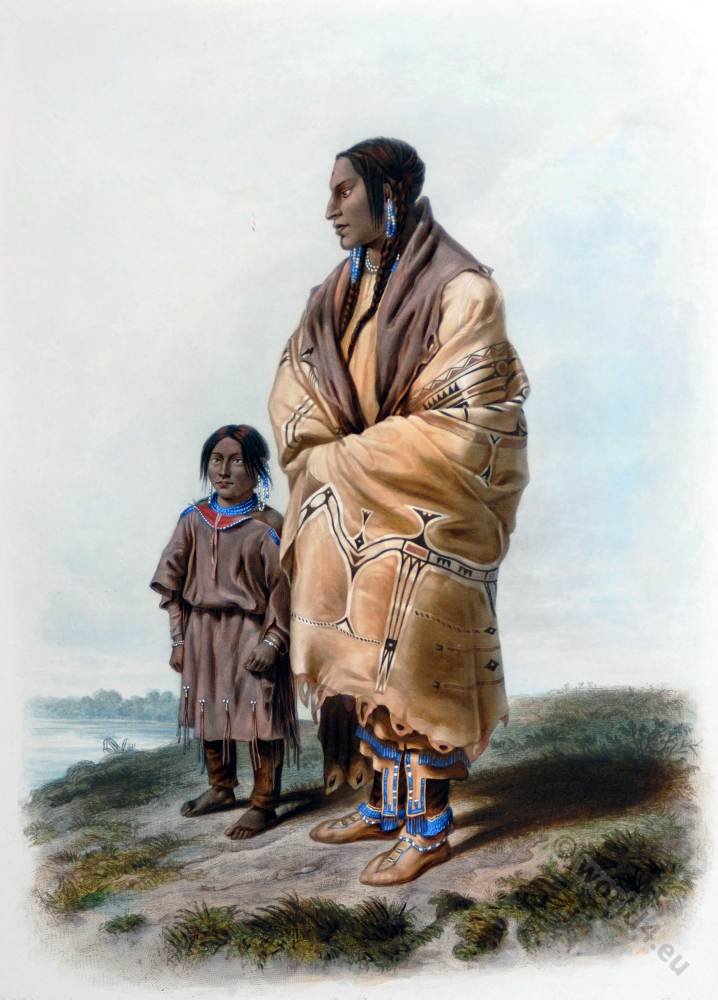Ashanti warriors.
The Ashanti Region (in Akan: Asante Manta) is a region of Ghana with the capital of Kumasi. The vast majority of the population consists of members of the Akan people of the Ashanti. The Ashanti represent about 19% of the population (2016). Today, more than half of the population lives in urban areas.
The whole of the Akan world also extends to Ivory Coast (Côte d’Ivoire) where it includes the inland or coastal ethnic groups, Appolos (Nzema), Anyi, Attié, Baoulé, Alladian, Adjoukrou, Tchaman (or Ébrié), Abouré, Avikam, Laouien, Abbey (or Abé, Abbe, Abbay), Abron, etc.
The Ashanti (also: Asante) are one of the largest ethnic groups in West Africa. They speak Asante Twi, a dialect of Twi language from the group of the Akan languages. Before the European colonization, there were from 1680 to 1900 a great kingdom of Ashanti. Osei Tutu was the first king who united these groups. The Ashanti were conquerors who divided into groups and lived in small groups that would form vassal city states of the Denkyira kingdom. The wealth of the Ashanti stirred from the gold wealth of the region and the slave trade. The Ashanti Empire operation in the 18th and 19th centuries in a large scale slave trade. The Ashanti abducted people living in the surrounding countries, and sold them to Europeans.
The Ashanti were one of the few nations in Africa that seriously resisted the European invaders. Within 70 years, led the United Kingdom of Great Britain and Ireland four wars against the Ashanti (1826-1896), of which the first one with cannons. 1900 defeated the Ashanti Empire due weapons technical inferiority to the United Kingdom permanently (The British were fighting with the first modern machine guns).
Source:
Related
Discover more from World4 Costume Culture History
Subscribe to get the latest posts sent to your email.

